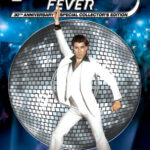Superhero movies are always packed with hidden gems and nods to their comic book source material, and “Venom: The Last Dance” is no exception. After watching the film, many fans, including myself, dive into wikis and forums to catch anything they might have missed. It turns out, this movie is brimming with characters and references straight from the Venom comics, even if some are a bit obscure or loosely adapted. If you’re curious about what you might have overlooked, or you’re just a spoiler enthusiast, let’s break down some of the key comic book connections in “Venom: The Last Dance”. Prepare for major spoilers ahead!
Toxin… Or Not? The Patrick Mulligan Mystery

The fate of Patrick Mulligan after “Venom: Let There Be Carnage” left many wondering if he would become Toxin. His glowing eyes in the previous film strongly hinted at a symbiote bond. However, “Venom: The Last Dance” throws a curveball. The film reveals that the symbiote from the end of the second movie was temporary and unnamed, abandoning Mulligan. He is then captured by the Imperium, a shadowy organization, who bond him to a different, green, snake-like symbiote. While initially resembling Lasher in appearance, this theory is later debunked. The film never explicitly calls this new symbiote Toxin. Regardless of its official designation, Mulligan makes a return, only to meet an abrupt and somewhat anticlimactic end at the hands of another character mentioned later. In the comics, Patrick Mulligan debuted in Venom/Carnage #1, with Toxin making his first appearance in Venom/Carnage #2.
The Xenophages: Symbiote Devourers Unleashed
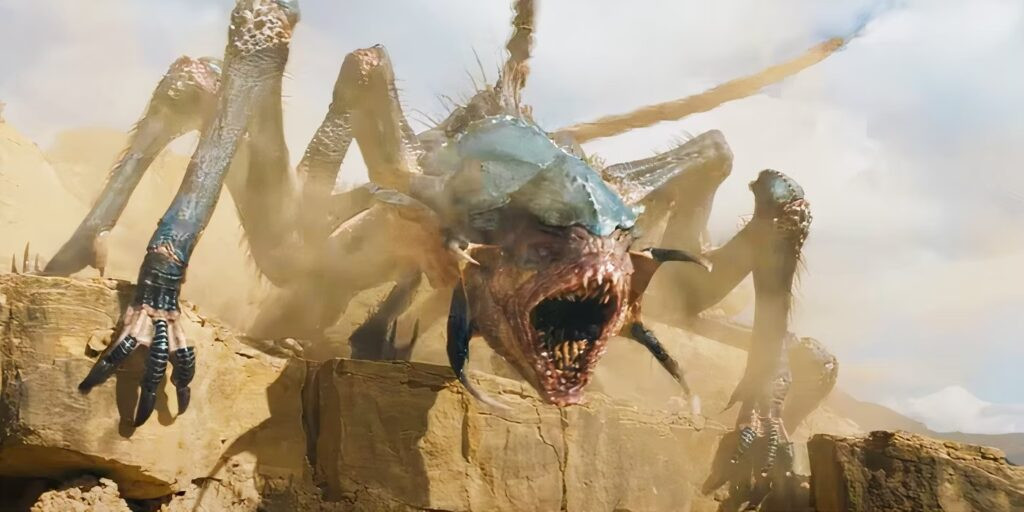
Comic readers will recognize the Xenophages as an alien race with a singular, terrifying appetite: symbiotes. In “Venom: The Last Dance,” these creatures are not just hungry; they are servants to a larger power, tasked with hunting Venom to retrieve his codex – a crucial key of sorts. The movie depicts the Xenophages as gruesome predators, essentially living woodchippers. They engulf their symbiote prey, and the digested remains are expelled from the back of their heads in a horrifying display. Several symbiotes and their hosts fall victim to this fate, including Mulligan and the Imperium-assigned symbiote. The Xenophages first terrorized the comic pages in Venom: The Hunted #1.
Knull: The God of the Symbiotes Arrives
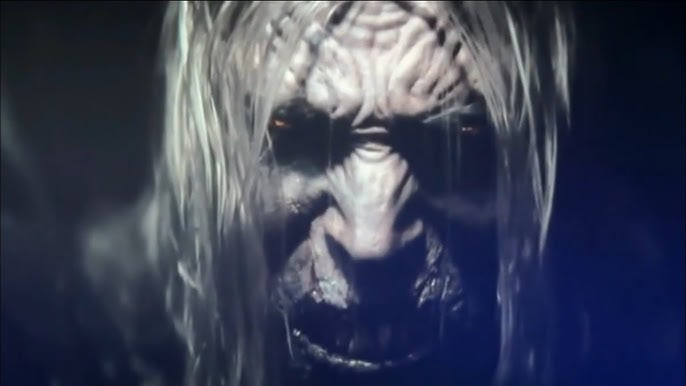
The mastermind pulling the strings of the Xenophages is none other than Knull, the god of the symbiotes. Imprisoned by his own symbiote creations in a unique and formidable prison, Knull needs Venom’s codex, formed when the symbiote revived Eddie in the first film, to facilitate his escape. Sony has openly stated their long-term plans for Knull in future movies, suggesting his role in the cinematic universe is far from over. Adding to the excitement for comic fans, Andy Serkis, director of “Venom: Let There Be Carnage”, portrays this cosmic horror. Knull made his full debut in Venom Vol. 4, #3.
Sadie and Lasher: A Symbiotic Bond, Briefly
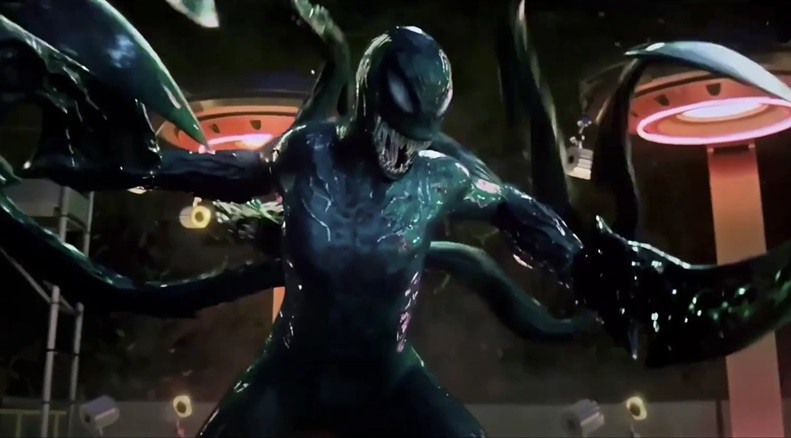
Sadie Christmas, an Imperium scientist, becomes bonded to the green, tentacled symbiote Lasher. Sadly for Sadie (and Lasher fans), this pairing is short-lived, as the symbiote does not survive the film’s events. In the comics, a young girl named Sadie served as a host for Lasher in Absolute Carnage: Separation Anxiety #1. The Lasher symbiote itself has a longer history, first appearing in the original Venom: Lethal Protector mini-series #4.
Teddy Payne: Gender-Swapped and Symbiote-Adjacent
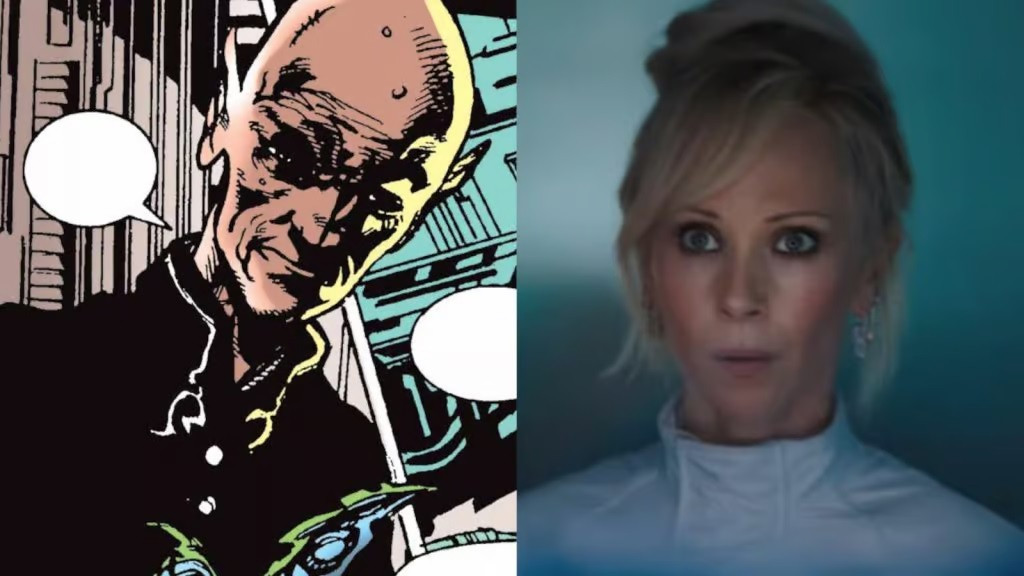
“Venom: The Last Dance” introduces a gender-bent version of Dr. Thaddeus Paine, named Teddy Payne (note the slightly different spelling), played by Juno Temple. Similar to Sadie, Teddy Payne works as a scientist for the Imperium. In the comics, Dr. Thaddeus Paine was initially a foe of Morbius, debuting in Morbius: The Living Vampire #4, before transitioning into a Venom antagonist in the Venom: The Hunger mini-series.
Agony: Lightning-Charged Symbiote
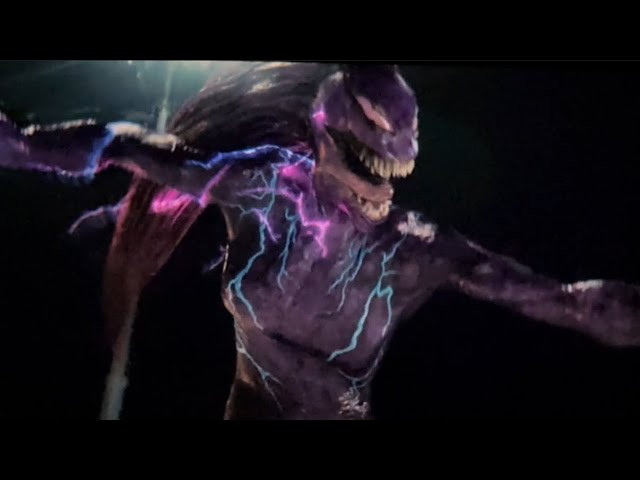
Dr. Teddy Payne becomes host to the purple Agony symbiote in the film. Adding a unique twist, Agony grants Payne electrical powers, attributed to Payne’s childhood experience of being struck by lightning. Agony is one of the few symbiotes to survive the movie, raising questions about Sony’s future plans for the character and whether she will be developed further or sidelined like the ambiguous Toxin storyline. Agony’s first appearance in comics was also in Venom: Lethal Protector #4.
Rex Strickland: Soldier, Not Symbiote
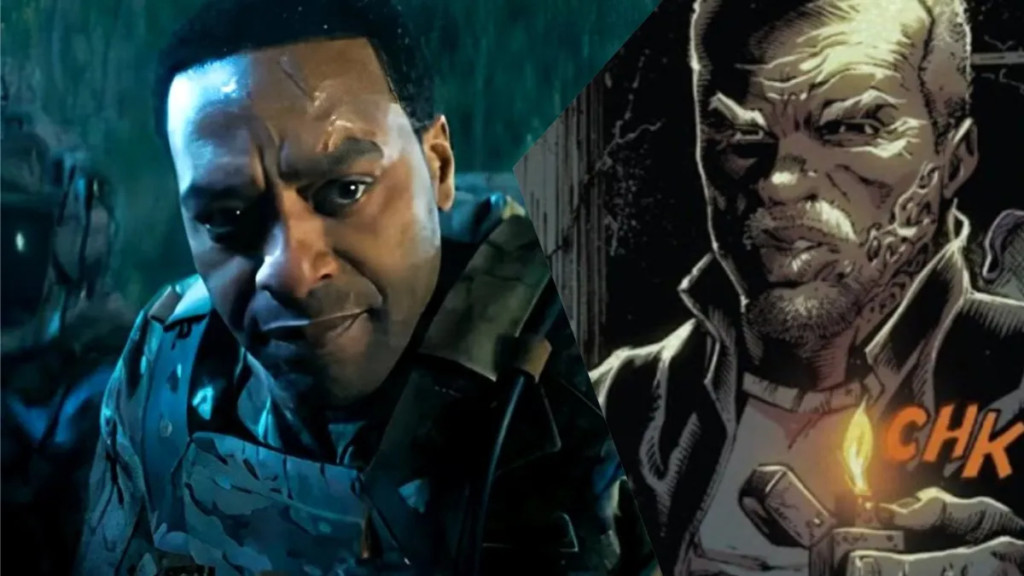
Chiwetel Ejiofor’s character, Rex Strickland, deviates significantly from his comic book counterpart. In the film, he is portrayed as a human soldier working for the Imperium, not the symbiote super-soldier from the source material. Referred to as Tyrannosaurus in the comics, Rex Strickland appeared in Venom Vol. 4, #1-2. A key difference is that in the comics, Rex’s symbiote essentially took over after Rex’s death in Vietnam, a backstory absent in the movie adaptation.
Phage: The Pudgy Symbiote

Phage, not to be confused with the Xenophages, makes an appearance as a stout, orangish-yellow symbiote. In the movie, Phage bonds with Jim, an Imperium security guard. Unfortunately for Jim (and Phage), he does not survive the final battle. Phage, like Agony and Lasher, also debuted in Venom: Lethal Protector #4, making that particular issue a treasure trove of symbiote introductions.
Hybrid… Kind Of? A Double-Headed Nod
The film seems to offer its own interpretation of the Hybrid character from the comics, though visually they are drastically different. The connection is hinted at when two symbiotes merge during the final battle, forming a double-headed creature. While not a direct adaptation, this merging of symbiotes feels like a deliberate reference to Hybrid, given the lack of other prominent double-symbiote characters in the Venom lore. Hybrid made his first full appearance in Venom: Along Came a Spider #1.
Red Goblin? Fiery Symbiote Speculation
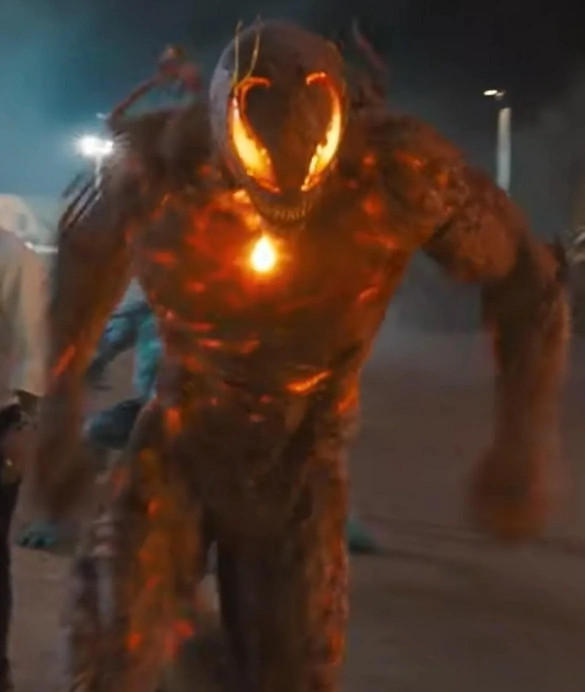
A symbiote with fiery powers emerges in “Venom: The Last Dance,” sparking Red Goblin comparisons. While no symbiote in the comics explicitly has fire powers, the Red Goblin, Norman Osborn bonded with Carnage, exhibited fire-based abilities. Osborn’s Goblin Serum-enhanced physiology negated the symbiote’s fire weakness, and he wielded a fiery glider and flames from his mouth. This movie symbiote might be a loose visual nod to Red Goblin’s fiery aesthetic. Red Goblin first ignited the pages of The Amazing Spider-Man #798.
Anti-Venom? The Silver Lining Symbiote

“Venom: The Last Dance” takes significant creative liberties with its symbiotes, and a silvery white symbiote is among them. While Flash Thompson, the iconic Anti-Venom host, is absent, the white symbiote’s appearance is hard to ignore. Outside of some Stealth Venom figures, Anti-Venom is the most prominent white symbiote in the comics, making this a likely visual reference for eagle-eyed fans. The Anti-Venom symbiote suit debuted in The Amazing Spider-Man #569.
And for those hoping for another classic Spider-Man villain cameo, despite Rhys Ifans’ presence in the cast, the Lizard does not make an appearance in this film.
Did you spot any other comic book characters or Easter eggs? Were some of these connections a stretch? What are your overall thoughts on “Venom: The Last Dance”? Share your theories and opinions in the comments below!
Like what you read? Share it with fellow fans!

